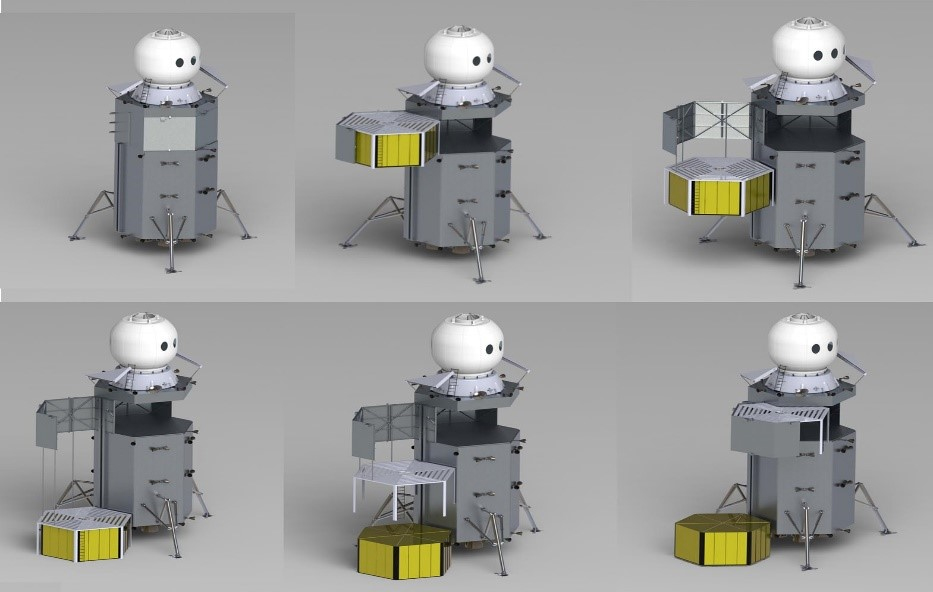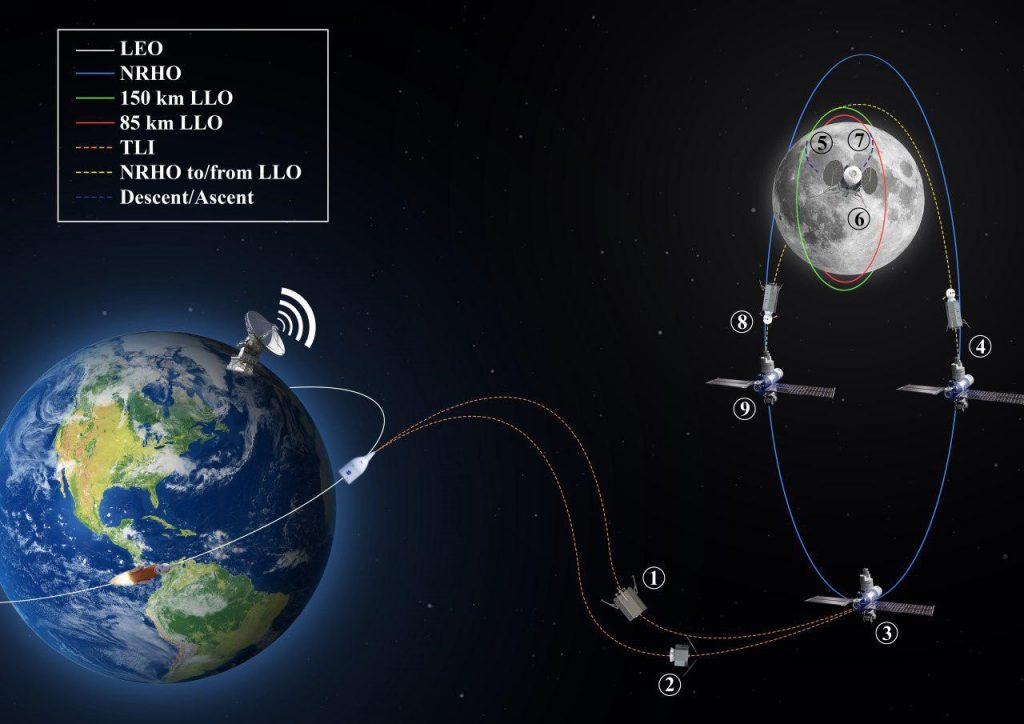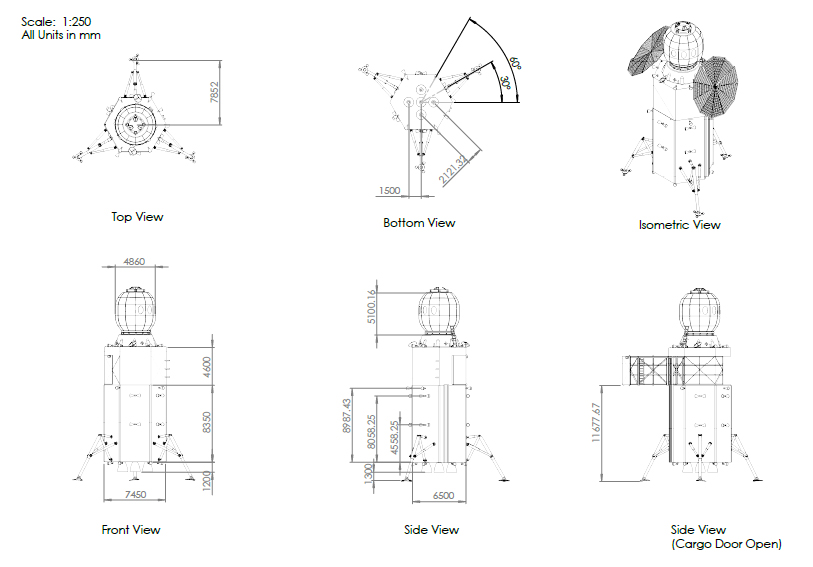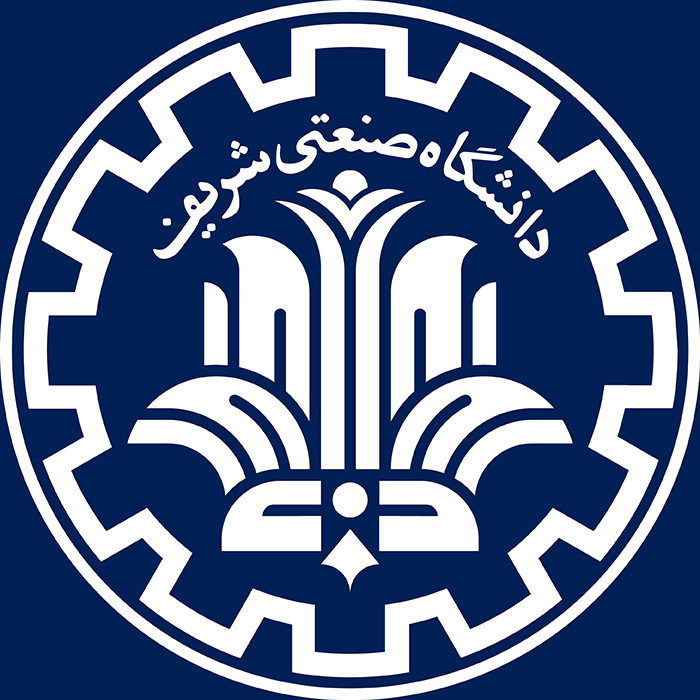The AIAA Foundation sponsors design competitions every year. These competitions offer a great opportunity for students to participate in a simulated real-world problem, allowing students to gain experience and receive useful and constructive feedback from technical experts who sit on AIAA Technical Committees.
Several of the competitions allow students to perform theoretical work and gain real-world insight into the design process. Whether students are designing an aircraft, engine, or space vehicle, they will go through all of the primary design steps involved in determining a solution to a Request for Proposal (RFP). This includes determining a hypothetical solution, testing the hypothesis, evaluating its effectiveness, possibly doing some cost analysis, and finally preparing a report that will be submitted in response to the RFP. These responses are reviewed by experts in the field who will provide constructive responses to the students.
Students of Sharif University of Technology have finished the second of the 13 teams who submitted proposals in the Design Competition of AIAA. The team members, all undergraduate students in the field of aerospace engineering at Sharif University of Technology, submitted their plan for the design of a spacecraft named “Ariana” built up during an eight-month research.
2018-2019 Undergraduate Team Space Systems Design Competition requested for a proposal on Reusable Lunar Surface Access Vehicle. The vehicle should meet a variety of criteria; it should enable delivery of payload and/or crew to anywhere on the surface of the Moon from the Deep Space Gateway and back. It should be able to operate in either a crew delivery mode or cargo delivery mode. The vehicle should support a crew of four (4) astronauts for the duration of the transit from the Deep Space Gateway to the lunar surface and should support the crew without resupply from surface assets for a minimum of 24 hours on the surface. In cargo mode, the vehicle should have a payload capacity of at least fifteen metric tons (15,000 kg) to the surface of the Moon and can return at least ten metric tons (10,000 kg) of payload from the surface back to the Deep Space Gateway. The cost for the vehicle shall not exceed $10 Billion US Dollars (in FY17), including design development test and evaluation (DDT&E) and theoretical first unit (TFU). The vehicle shall make its first trip from the Deep Space Gateway to the lunar surface no later than December 31, 2028.
As Mr. Mousavi, the group leader, explains, “The design of the device is modular; the first module of Ariana, the propulsion module, will be launched into space and connected to the station around the Moon. The other Ariana modules are cargo and crew modes. These two modules are expected to be launched into space and connected to the station in different processes.

Propulsion module is designed to carry out maneuvers, land on and take-off the surface of the Moon, cargo module to carry loads and crew module to reside the crew. In the cargo mode, Ariana has a payload of 22.5 and 17.5 tons respectively to the surface of the moon and back to the Deep Space Gateway. In the later mode, it is able of supporting a crew of 4 astronauts for 144 hrs. It has also a payload capacity of 6 tons to the surface of the moon and can return a payload of 1 ton back to the Deep Space Gateway.
One of the design’s unique characteristics praised by the referees is its automatic mechanism in loading and unloading while on the surface of the moon.

The mission duration is 7 days and 12 hrs. and requires fuel is 80 tons.
The trajectory and the timeline of space travel were also other parts of the proposal that received admiration from the judges. The genetic algorithm based optimized trajectory proposed the best possible route between three objects (the Moon, the Earth, and the spacecraft) from the station to the moon’s surface and vice versa.

The height and weight of the spacecraft are respectively 16 meters and 23.7 tons in the absence of a crew, and in case of traveling with a crew they are about 23 meters and 12.1 tons. The diameter is 7.5 meters. Ariana has the ability to sit on the surface of the moon with slopes up to 13 degrees. Adjustable bases, each of which have 3 other bases, make this possible. Ariana is able of 10 round trips to the moon that could be raised to twice by a change in propulsion module. Ariana’s smart control system is designed to correct errors caused by spacecraft subsystem operators.”

Sharif University of Technology congratulates its talented students: Farzan Mousavi, Ilia Nasiri Ziba, Mohammad Javad Asgari, Mohammad Rouzbahani, Mohammad Hassan Alavi, Atefe Esmaeilzadeh, Ashkan Bagherzadeh, Amirhossin Fashamiha, Faeze Shabani, Omid Mirzaee Dodangeh, and Kiana Ghezelbash for their valuable achievement.
